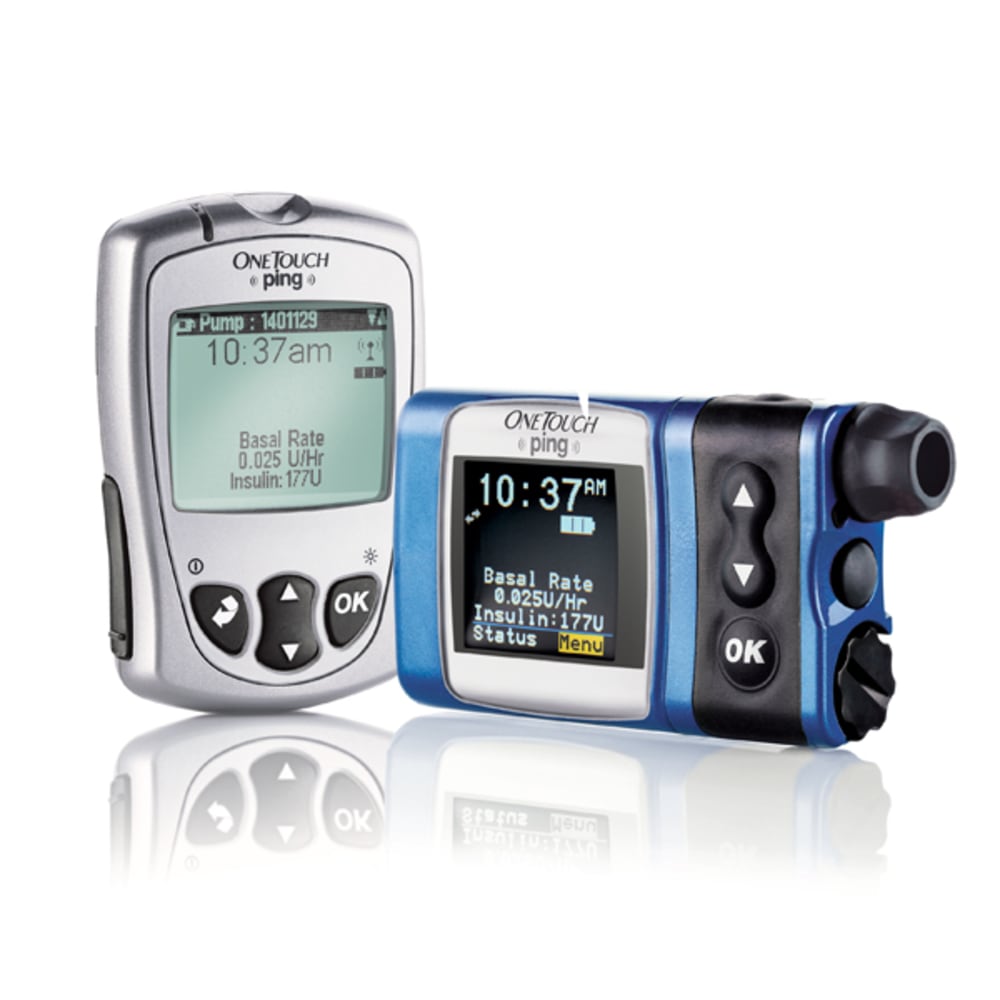Objective
Similar to the Institute for healthcare improvement, our systems project will focus on at
least one of the three critical objectives that can potentially lead better models for
providing better healthcare. The following critical objectives are:
● Improve the health of the defined population
● Enhance patient care experience (including quality access and reliability)
● Reduce or at least control the per capita cost of care
Our project would like to focus on improving the health of a defined population by investigating medical device hacking and its various effects on the population. Based on our findings in the previous section, we would like to learn about the following regarding medical device hacking:
● Positive and negative implications for medical device hacking
● How vulnerable are medical devices really?
● How vulnerable are hospitals are to a malware attack?
From this project, we would like to learn the answers to our questions as well as gain an
understanding of the size of the medical device hacking space.
Research Method
We will begin our research with news articles to provide an idea of various cases of
medical device hacking. From there we would like to identify how often these breaches
occur by utilizing a data source provided either by Dr. Weisband or other external source.
After exploring the frequency of medical device hacks, we would like to explore how
often breaches like such happen in hospitals.
Expected Conclusion
Our early research, specifically the article about the Mayo clinic hiring the hackers, is extremely relevant to what we expect to find, although we do not think other companies may take the same proactive approach that Mayo did to correct their problems.
The likely final solution will have to end up being some sort of government regulation to ensure that all future medical devices are equipped with the proper security so the users will not be harmed by hackers or other invasive systems.
Tuesday, February 28, 2017
Wednesday, February 22, 2017
Insulin Pump Vulnerable to Hacking, Johnson & Johnson Warns
This article details that healthcare conglomerate Johnson & Johnson has learned of a cybersecurity
bug in one of its insulin pumps. The Animas OneTouch Ping pump can be exploited
to overdose diabetic patients with insulin. The device is sold with a wireless remote control
that patients can use to order the pump to dose insulin.
Johnson & Johnson has stated that the hacking risk is low, and the hacker would have to be
less than 25 feet away from the device in order to control the device. Despite this, the
Company issued several preventative measures for its patients to use. In addition, J&J has
stated that newer pumps are equipped with more security.
Hack the Hospital
Firewalls and medical devices are extremely vulnerable, and everyone’s pointing fingers
This article focuses on Billy Rios, a “white hat” hacker who was contracted on an
assignment for The Mayo Clinic. As a “white hat” hacker, Rios’s job is to hack computers and
systems to identify vulnerabilities. When Billy Rios arrived, he was surprised to see a room
full of other hackers.
The Mayo Clinic had assembled a star team to take down the hospital's devices and
systems. Like computers and printers, medical devices such as MRIs, and ultrasound
equipment are connected to a network, leaving it vulnerable to hacks.
Rios and the team of hackers found that they were able to hack into Mayo Clinic’s devices
rather easily. Rios stated that “Every day, it was like every device on the menu got crushed.”
As a result, the Mayo Clinic restructured their security requirements for its medical device
suppliers. The hospital required that each device be tested to meet a set of standards
before purchasing contracts were signed.
Tuesday, February 14, 2017
Subscribe to:
Comments (Atom)

